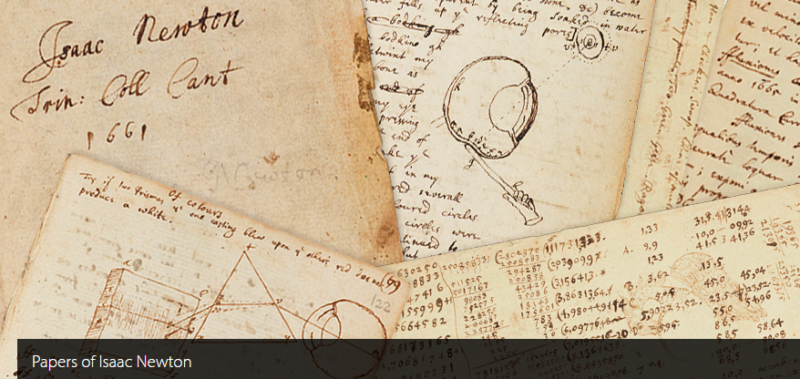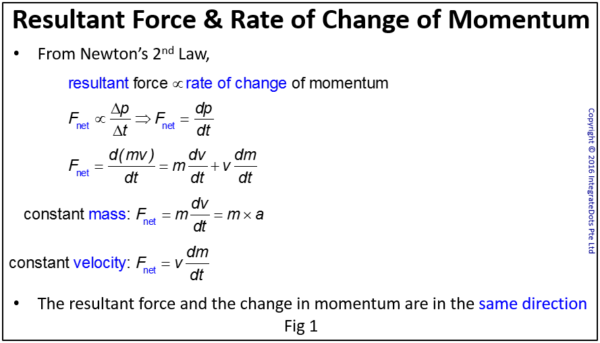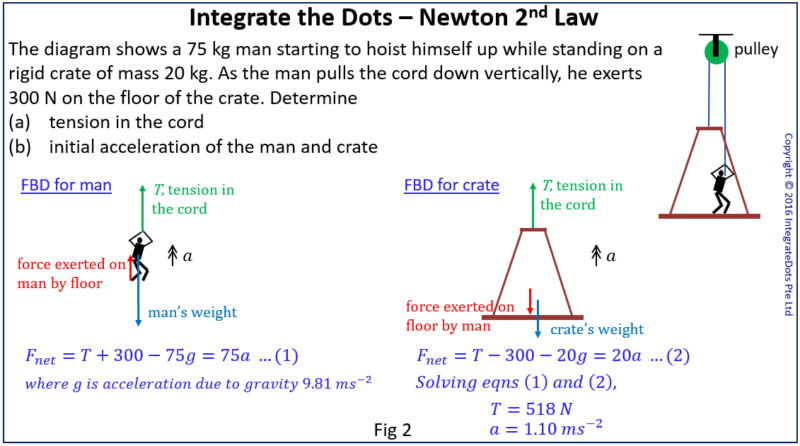Integrating the Dots – Newton 2nd Law
Newtonian mechanics takes up at least 20% of any Pre-U Physics syllabus. Having a firm grasp of the Newton’s 3 Laws of Motion is critical. In our Physics coaching sessions, we have observed that many of our clients have a fuzzy understanding of Newton’s Laws, especially the 2nd law. Somehow they have the notion that Newton’s 2nd law can be reduced to just one equation, F = ma (where F is force, m is mass and a is acceleration).

Students who have been rote learning Physics, memorizing formulas without really understanding concepts are not likely to do well in the subject despite “studying” very, very, very hard. To the rote learners, Physics is always a difficult and perhaps mysterious subject. They wouldn’t want to touch Physics with a 10 foot pole. You may be able to obtain As by hot housing other subjects. Hot housing would never work for Physics, definitely not at the pre-university or university levels!
In this post, we want to dispel the myth that Physics is difficult to study and ace in the exams. To ace Physics, you need to comprehend the concepts 100% and learn to integrate the dots to solve the questions. By integrating the dots, we mean identifying all pieces of info (i.e. dots) in the question to fully comprehend what needs to be solved and then applying the right tools (i.e. Physics concepts) to crack it. Easier said than done? Nope. That’s exactly how we have been coaching our clients to nail Physics. However, the first step a student needs to take in order to succeed in pre-U or university Physics is to throw rote learning out the window, for good!
Now, back to Newton’s 2nd law. The 2nd law says “The rate of change of momentum of a body is proportional to the resultant force that acts on it and has the same direction as the resultant force“.
The equation F=ma is a special case where the mass of the body remains constant. We advise our clients to include a subscript “net” to F to emphasize that the force in this expression refers to the resultant (a.k.a net) force. The derivation of this equation is shown in Fig 1.

Drawing a Free Body Diagram (a.k.a. Labeled Force Diagram) is often useful, and at times pivotal, in cracking a Newton Mechanics question. In Fig 2, we examine how Newton 2nd Law and Free Body Diagram are applied in problem solving.

The question in Fig 2 may look intimating at first. To gain a clearer picture of the forces at play, draw FBDs for the man and the crate. Both man and crate move as one, and have same acceleration. Applying Newton 2nd Law to each body and form two equations to solve for tension in the cord and initial acceleration.
If you are struggling with pre-U Physics, contact us today!
